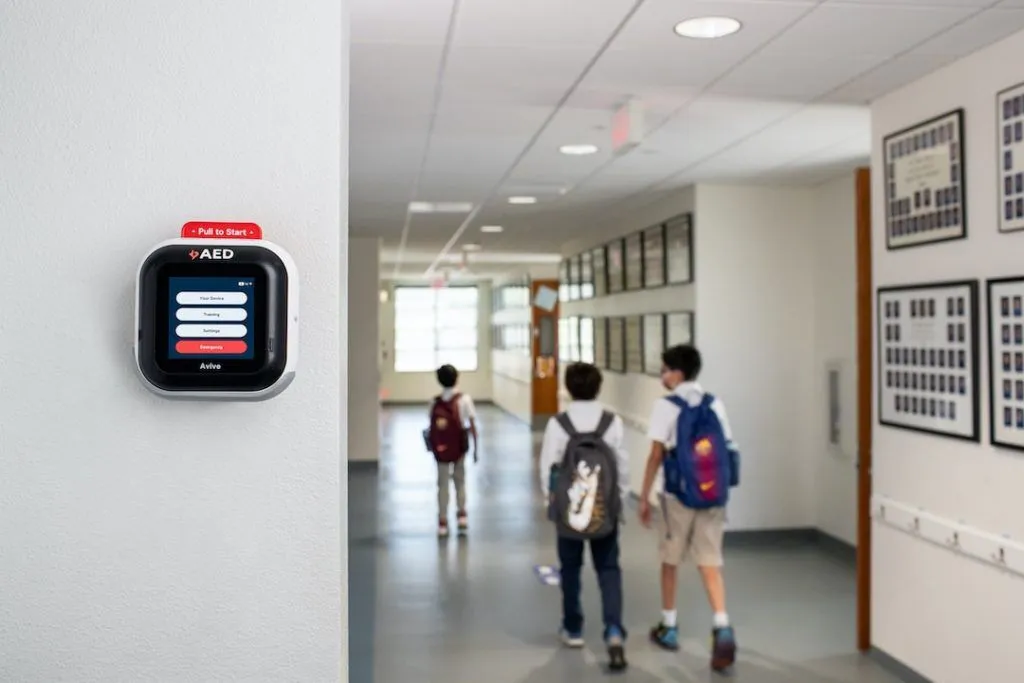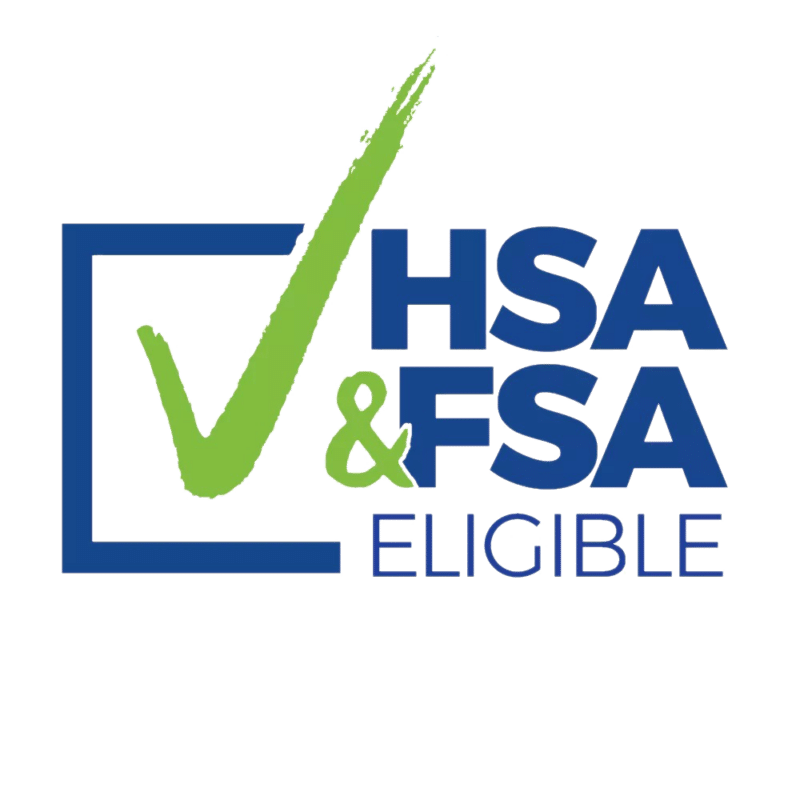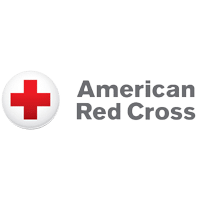Uncategorized
AEDs for Schools: Why Schools Need AEDs
When considering the protection of students, staff, and visitors in school environments, equipping campuses with automated external defibrillators (AEDs) is both a crucial life-safety measure and a smart risk-management strategy. In fact, research shows that schools with AEDs on site can achieve survival rates of around 70 percent for students suffering sudden cardiac arrest, more than seven times the survival rate in school-age children where no AED is present.
Here’s a descriptive and detailed exploration of why AEDs for schools matter and how to plan for them, implement them, maintain them, and maximize their value.
5 Reasons Why Schools Need AEDs
Sudden cardiac arrest
(SCA) can happen anywhere, including schools. Although young people are less likely than older adults to suffer SCA, the event is nonetheless real and tragic when it occurs. Schools host thousands of students, faculty, coaches and visitors every day.
Time is critical:
Every minute that passes without defibrillation in SCA reduces the chance of survival by roughly 10 percent. Having an AED nearby means that defibrillation can happen long before emergency services arrive.
AEDs dramatically improve survival in school settings:
As noted above, survival rates in schools equipped with AEDs are far higher than those without. The presence of an AED is strongly associated with better outcomes.
Schools contain higher-risk populations beyond students:
While the student body is often younger, many others on campus (teachers, staff, visitors) may have a greater risk of cardiac events. A school AED program thus protects the entire campus community.
Legal, reputational, and ethical imperatives:
Schools bear a duty of care for students and visitors. Failing to plan for medical emergencies like SCA can result in tragic outcomes, along with liability, trauma, and reputational damage.

Key Components of an Effective School AED Program
Having an AED is not enough on its own. A comprehensive program involves equipment, planning, training, maintenance and review.
Equipment-selection & placement
- AED model and features: Choose a device appropriate for school environments—simple user interface, voice prompts, paediatric pad options, robust battery/maintenance features.
- Coverage and quantity: Assess the campus layout: how many buildings, how far apart, how many students/staff. One AED located only in the gym may not be sufficient for the full campus.
- Strategic placement: For rapid access, locate AEDs in high-traffic areas (main entrance, gymnasium, cafeteria), ensuring that from any point on campus a device is reachable within minutes.
- Visibility and signage: Mark AED locations clearly. Many users are non-medical staff or visitors; signage and awareness matter.
- Accessibility: Ensure AED cabinets are unlocked (or have code access) and accessible 24/7 if campus is used for events beyond school hours (sports, community events).
- Integration with emergency systems: AED alarms, logs and location mapping can integrate into broader emergency response plans and communications.
Emergency Action Plan (EAP) for Cardiac Events
- Formal plan: Every school should adopt a Cardiac Emergency Response Plan (CERP) or similar that defines roles, responsibilities, steps to respond to SCA including CPR and AED use.
- Clear chain of response: Who will call EMS (“911” or local equivalent), who will retrieve the AED, who will initiate CPR, who will communicate with emergency services, who will manage bystanders.
- Drills and rehearsal: Similar to fire drills, the cardiac response plan should be practised. Many schools, however, lack regular drills.
- Coordination with local EMS: Pre-notify local EMS of AED locations, share plan details, establish direct connection/liaison if possible.
- After-event debrief: When an event occurs, debrief staff, review what worked/what didn’t, update plan accordingly.
C. Training & Awareness
- CPR training for staff and students: Basic CPR skills are crucial; AEDs amplify the benefit of prompt defibrillation. Schools offering training lift overall preparedness.
- AED-specific training: Although AEDs are designed for lay users, staff should practise locating device, opening it, following prompts, applying pads.
- Awareness campaigns: Posters, videos, school assemblies can raise awareness so that everyone knows where the AED is and that it can be used.
- Documentation of training: Records of who has been trained, when re-training is due, help maintain readiness.
D. Maintenance and Readiness
- Battery and pad replacement: AEDs often come with batteries and electrode pads that expire—these must be monitored and replaced before expiration.
- Device self-tests: Many AEDs run automatic self-tests and indicate readiness; log results.
- Physical inspection: Check that the device is in place, the signage is intact, the cabinet is unlocked, the location remains accessible.
- Consumable inventory: Keep spare pads, battery(s), gloves, razor (if hair), and other accessories.
- Data logging: After a device is used or after a self-test indicates maintenance, log the event and update inventory/tracking.
- Budgeting for lifecycle: Devices eventually become obsolete or unsupported; plan for device replacement after perhaps 8–10 years (depending on model/use).
E. Evaluation & Continuous Improvement
- Audit AED coverage vs campus changes: If new buildings constructed, student population grows, event usage changes—review AED placement and counts.
- Exercise simulations: Conduct mock drills of cardiac event scenarios, measure response times (recognition → CPR → AED applied → EMS).
- Incident review: If an AED is used (or near-miss applies), perform a root-cause review: equipment worked? Response time acceptable? Staff actions? What can improve?
- Update plan/training accordingly: As lessons are learned, update the CERP, adjust training, and communicate improvements to staff.
Implementation in Schools: Practical Steps
Here is a suggested timeline and checklist for schools looking to implement or upgrade an AED program.
1. Needs assessment
Estimate budget available for equipment, training, maintenance.
- Review campus size, buildings, occupancy, events (sports, after-hours).
- Review state/province/national legal requirements for AEDs and CPR training in schools.
- Estimate budget available for equipment, training, maintenance.
2. Procurement
- Select AED model(s) that meet your school’s criteria (durability, simplicity, cost of consumables).
- Purchase required number of units + cabinets + signage + spare consumables.
- Ensure logistic for local vendor service/support/access to pads/batteries.
3. Plan development
- Develop or update your school’s Cardiac Emergency Response Plan (CERP). Include AED deployment map, staff roles, EMS coordination, training schedule.
- Secure approval from school leadership, board and update emergency operations manual.
4. Training rollout
- Schedule training sessions for staff (teachers, coaches, administrators, custodial, front-office) covering CPR and AED use.
- Consider optional or required student training (older students) or include in health/PE curriculum.
- Conduct awareness campaign: signage, posters, announcements.
5. Installation & communication
- Install AEDs in designated cabinets/locations, ensure signage is prominent and reachable.
- Map AED locations and distribute the map to all staff; consider having a floor plan or campus map with icons for AEDs.
- Communicate to staff, visitors and students: “Here’s where AEDs are and how to respond”.
6. Maintenance system set-up
- Assign responsible person(s) for AED readiness check (monthly/quarterly).
- Set calendar reminders: check pads/battery expiry, self-test logs, physical inspection.
- Maintain inventory of spare consumables and replacement parts.
- Record maintenance logs and readiness reports.
7. Drills and continual improvement
- Incorporate cardiac emergency drills (even tabletop or walk-through) at least annually or bi-annually.
- Collect feedback from drills, update plan/training accordingly.
- Review after any real event or near-miss and update procedures.
Challenges and How to Address Them
Budget limitations:
The cost of AEDs plus consumables/training may deter some schools. Address this by phasing deployment (starting with key zones), seeking grants/donations, combining training with other health/safety initiatives, or partnering with local health authorities.
Equipment maintenance neglected:
An AED that is broken, missing pads, or whose battery is expired is essentially useless. Build in clear responsibilities, inspection logs and accountability.
Lack of training or confidence among staff:
Even when AEDs are present, if staff don’t feel confident to use them the benefit declines. Regular training, drills and simple refresher sessions can boost confidence.
Complacency or lack of awareness:
Some school leaders may think “this won’t happen here”. Use data and real-life cases to create awareness of risk.
Integration into broader safety planning:
AED deployment shouldn’t be standalone; it must be part of the school’s broader emergency operations planning covering all medical/trauma emergencies, not just fire drill-type events.
Sustainability of program:
Equipment will age, technology evolves; consumables expire; staff turnover means training needs repetition. Plan for program sustainability, review budgets annually, and update policies accordingly.
The Value Proposition
Lives saved:
The primary benefit is the lives of students, staff or visitors who might otherwise suffer SCA and not survive. Given the dramatic improvement in survival when AEDs are available and used swiftly, the value is profound.
Reduced liability and enhanced safety reputation:
A school with an active AED program demonstrates commitment to safety, which can reduce risk exposure and enhance trust among parents, staff and community.
Community benefit:
Schools often host events outside of regular hours—sports, community meetings, performances. An AED located on campus thereby also protects visitors, community users of facilities, not just school-day occupants.
Cost effectiveness:
While there is upfront cost, compared to the cost (human, financial, legal) of a fatal or irreversible brain-injury event following SCA, the investment is modest. Some publications note that equipping a school with two AEDs and training can cost a few thousand USD—small when compared to the stakes.
Educational value:
Incorporating CPR/AED training into school culture fosters student awareness of health and emergency response, which benefits the community beyond the school environment.
Conclusion
In conclusion, equipping schools with AEDs is less an optional enhancement and more a critical component of modern school safety planning. Given the heightened survival rates when AEDs are present and used, the relatively modest cost and the broad protective benefit for students, staff and visitors, it makes excellent sense for schools—public and private—to prioritise AED programs. For schools in developing regions such as Pakistan, adapting global best practices with local realities (maintenance logistics, training infrastructure, budget constraints) can yield a robust program tailored to your context.






